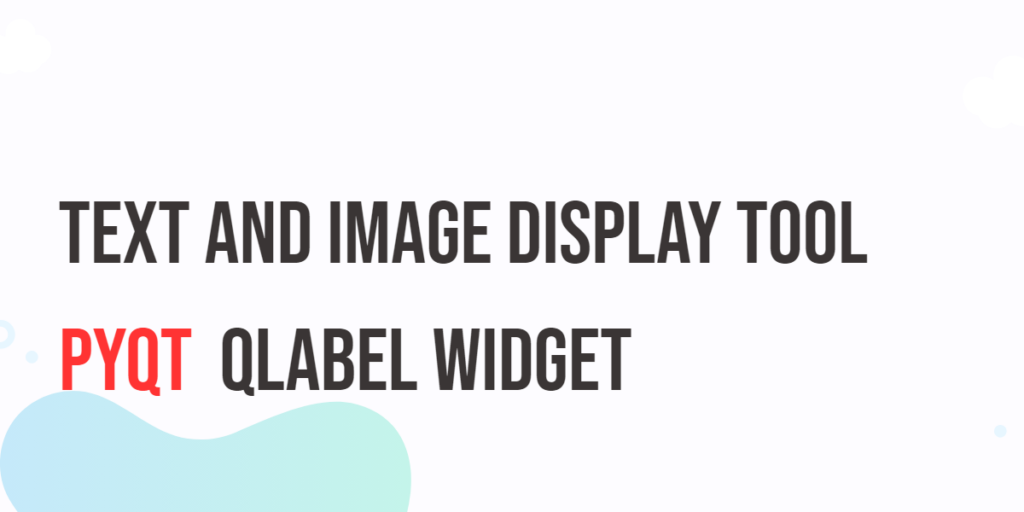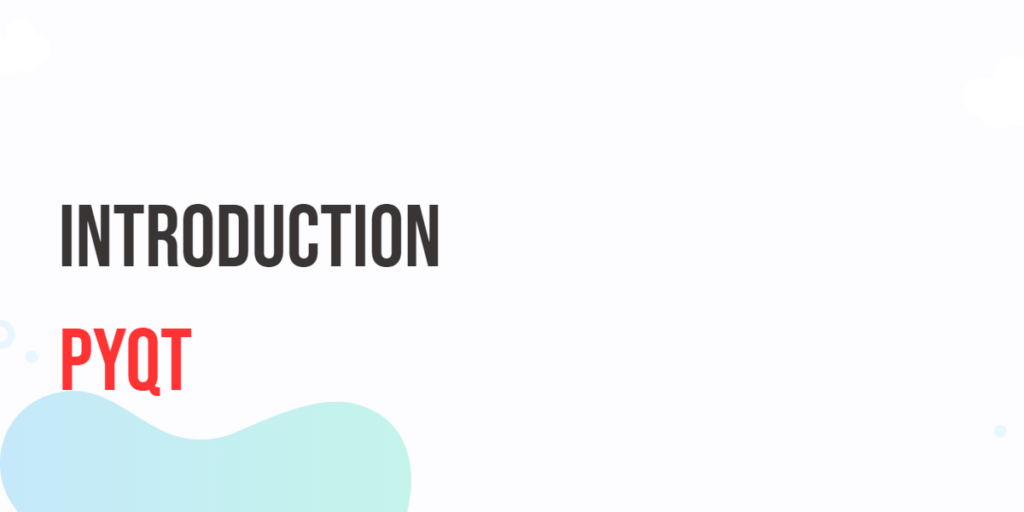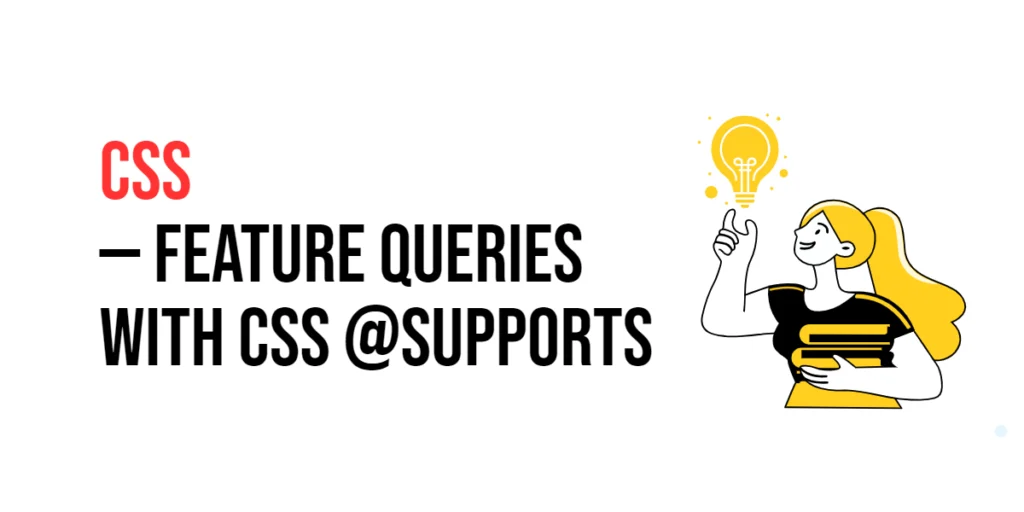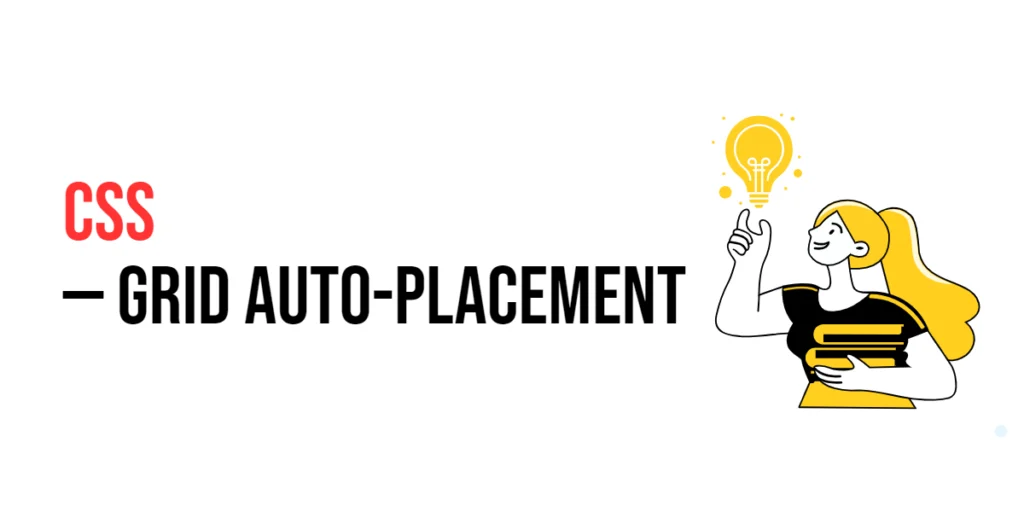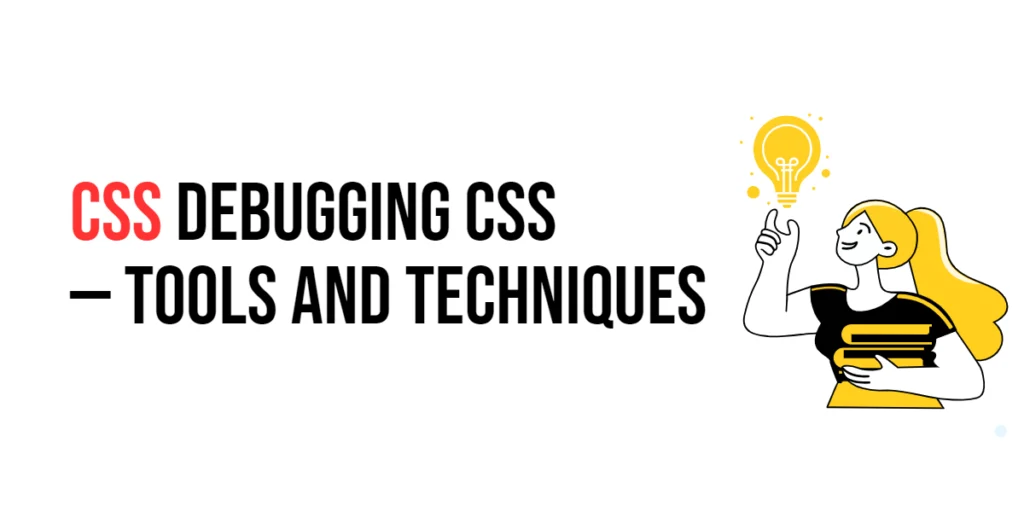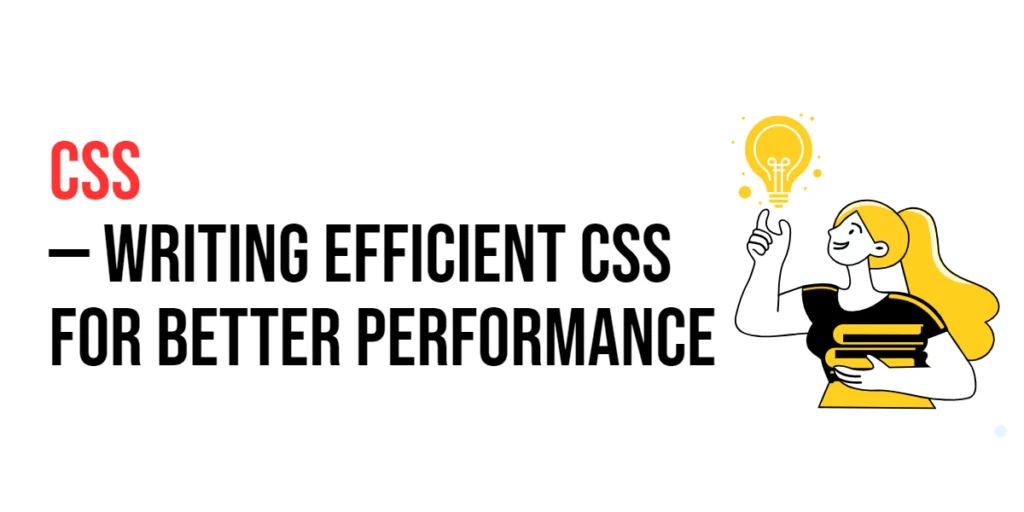The PyQt QTextEdit: A Text Editing Widget
Graphical User Interfaces (GUIs) play a vital role in modern software development, enabling developers to create user-friendly applications with interactive elements. PyQt, a set of Python bindings for the Qt application framework, provides developers with the tools to build powerful and feature-rich desktop applications. Among the various widgets PyQt offers, the QTextEdit stands out as […]
The PyQt QTextEdit: A Text Editing Widget Read More »



